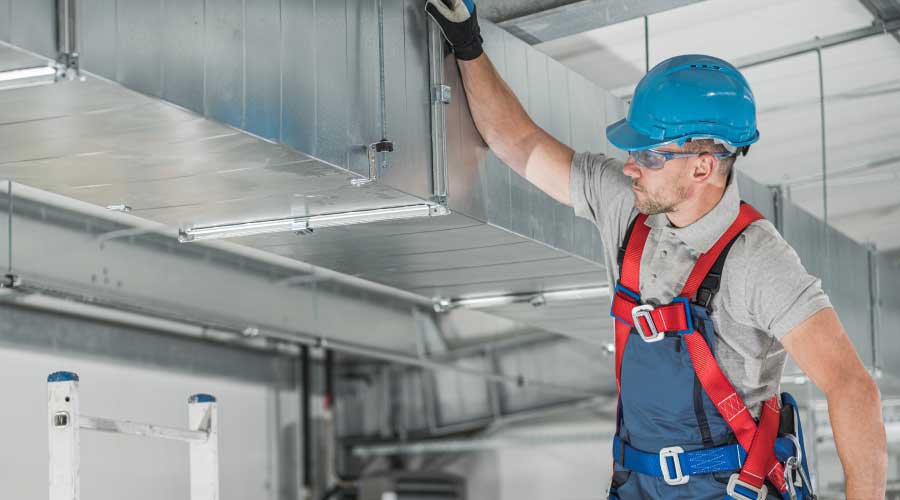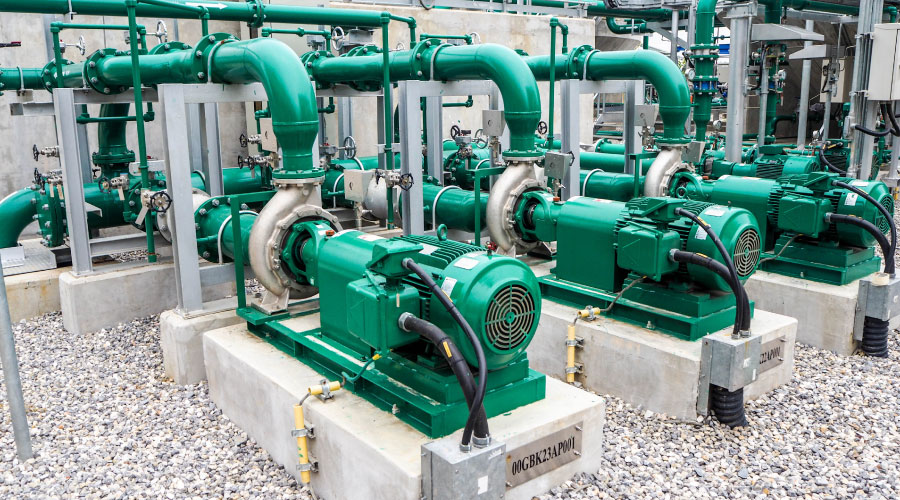Changes to Come in the HVAC Industry
A refrigeration transition is underway, as the industry moves toward more environmentally friendly hydrofluorocarbon substances.
A refrigeration transition is underway, as the industry moves toward more environmentally friendly hydrofluorocarbon (HFC) substances. One critical aspect of the transition starts on January 1, 2024, when the industry will see a 40 percent reduction in HFC production.
“While no facility should be forced to change equipment because of this transition while their equipment is still working, it is a good idea to plan for the future,” says Alex Ayers, director of government affairs for the Heating, Air-Conditioning & Refrigeration Distributors International (HARDI). “This means it will be far easier to find lower global warming potential (GWP) refrigerants in the future. When looking at existing equipment that uses high-GWP refrigerants like R-404a in commercial refrigeration, facility managers should consider a retrofit plan to move to a lower-GWP refrigerant when possible as an alternative to trying to source a decreasing supply of their current refrigerants.”
Ayres assures the industry and regulatory partners are working together to alleviate any potential concerns that managers might have about the transition.
“All of the approved options for low-GWP refrigerants for air conditioning are classified as lower flammability refrigerants,” he says. “While flammable can cause fears to many people, the HVAC industry has worked with experts in developing safety standards and building codes to ensure that equipment can be installed and operated safely with these new refrigerants. As equipment is replaced, newer low-GWP refrigerants will become the norm and still provide the same comfort cooling and refrigeration that consumers expect.”
Available funding
Many show attendees feel ready to move on from COVID-19, but it remains clear that the industry will continue to deal with the pandemic for a while longer.
While nobody wants to go through another round of shutdowns of facilities and mask mandates, the pandemic did provide institutional and commercial facilities – especially school districts – unique opportunities to upgrade their HVAC systems to address indoor air quality (IAQ) concerns that increased during the pandemic.
Government funding provided about $200 billion to districts through Elementary and Secondary School Emergency Relief (ESSER) funds that can use the funding to upgrade HVAC systems. The money was provided to the states through the Department of Education which then distributes funds to districts. There are deadlines for the money to be spent, so managers who have yet to benefit from the funding should check with their school leadership on where their district sits with funding to take advantage of the opportunity.
“They probably have this money, and they don’t realize it yet,” Ayres says. “The list you can spend this money on is so broad.”
Commercial building owners and managers can take advantage of energy efficiency incentives in the Inflation Reduction Act (IRA) in section 179D that allows building owners to claim tax benefits up to $5 per square foot to improve energy efficiencies.
“Many, many school buildings, industrial buildings, industrial buildings, commercial office buildings, things that have been operating a long time, probably had ventilation capability when it was put in,” says Chuck White, vice-president of regulatory affairs for the Plumbing, Heating, Cooling, Contractors National Association. “But that stuff is fragile, and those systems are going to be antiquated. There’s money available to help underwrite improvements to that for upgrades and to make sure they’re getting good ventilation. Most of those are going to begin (this year), and owners and long-term lessees are the people who will benefit from that deduction.”
Dave Lubach is the executive editor for the facility market team. He has eight years of experience writing for the facility management industry team.
Related Topics:













